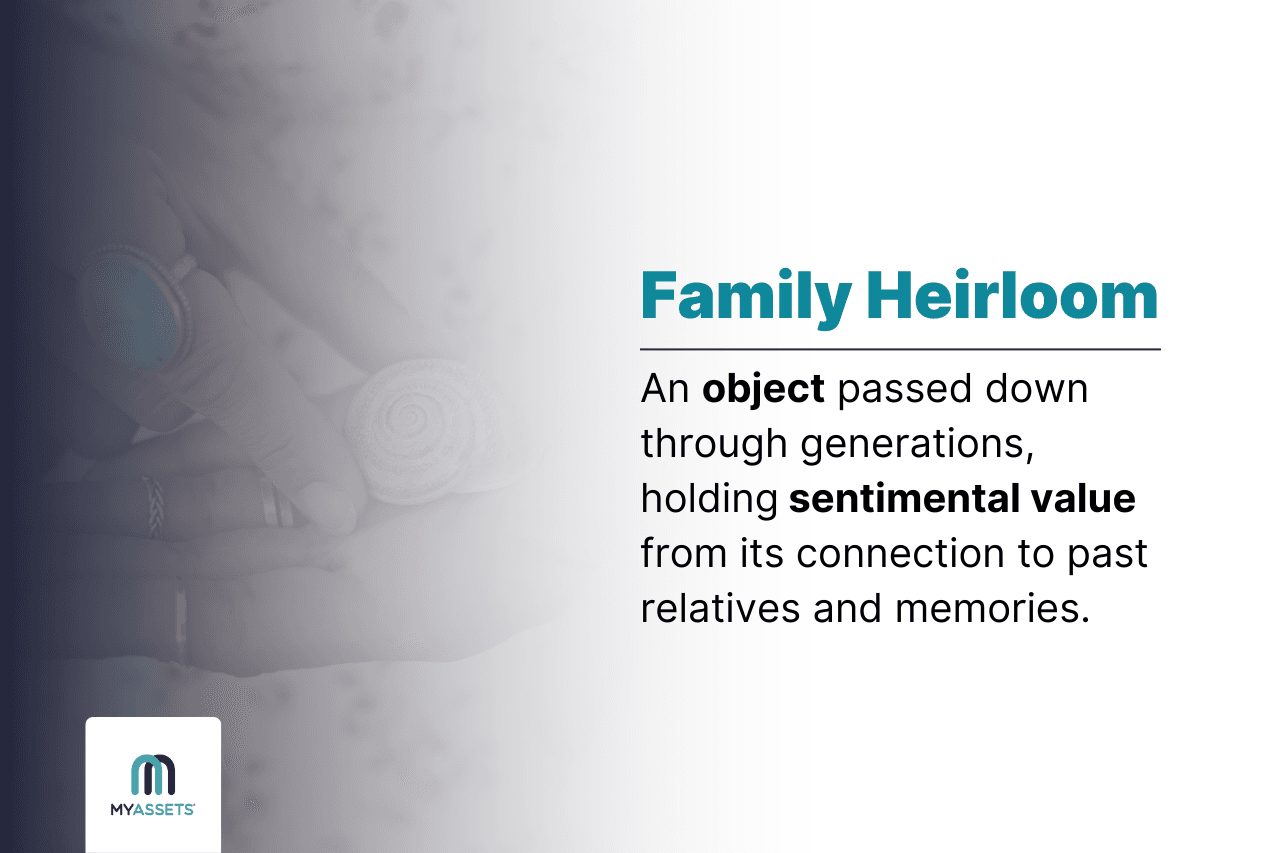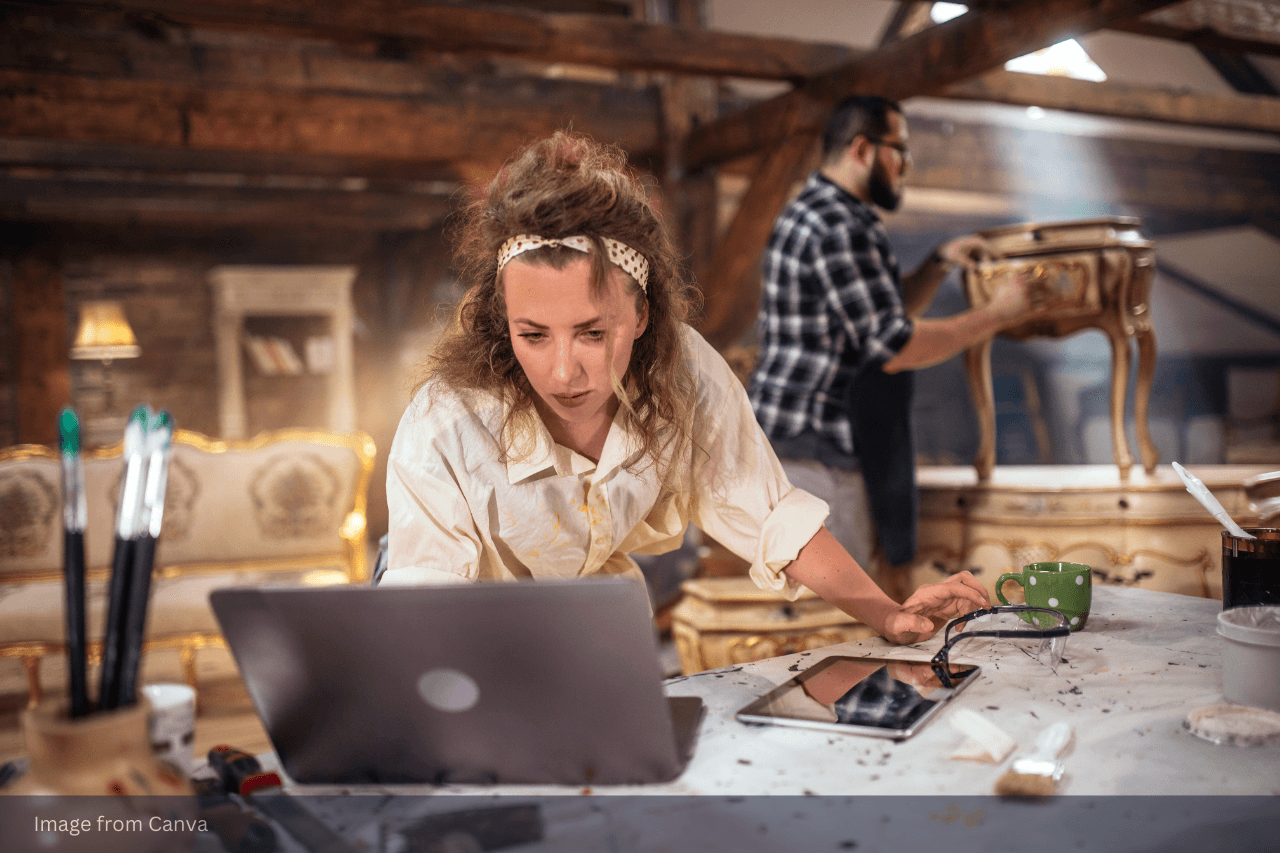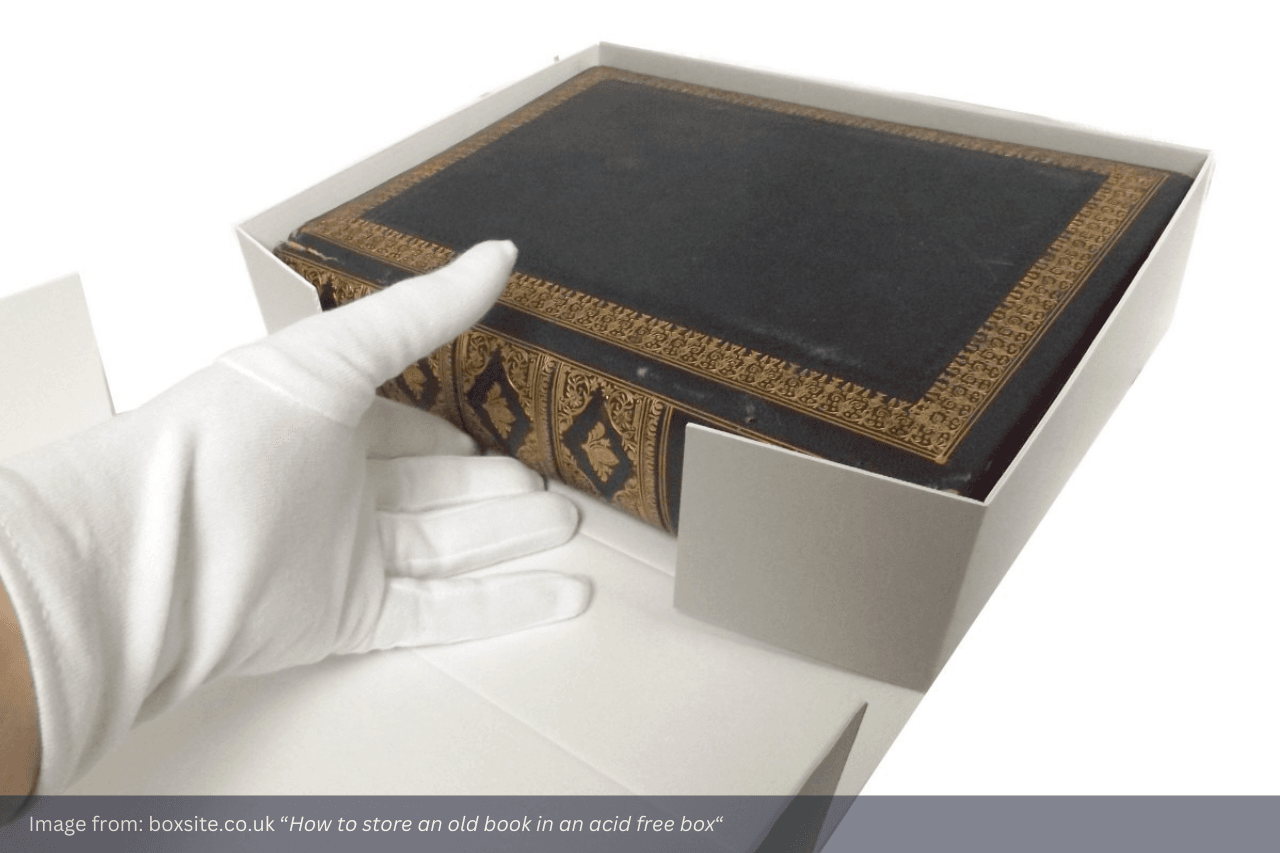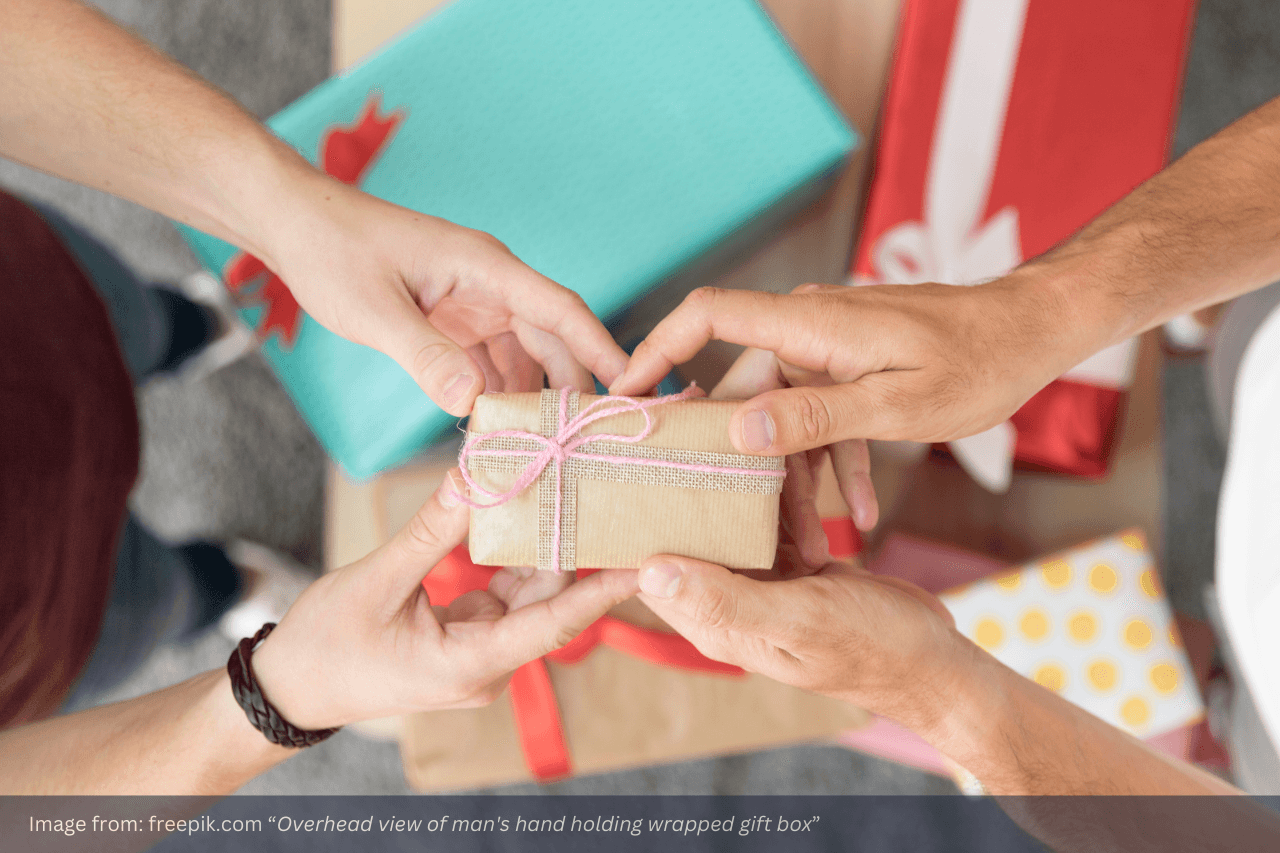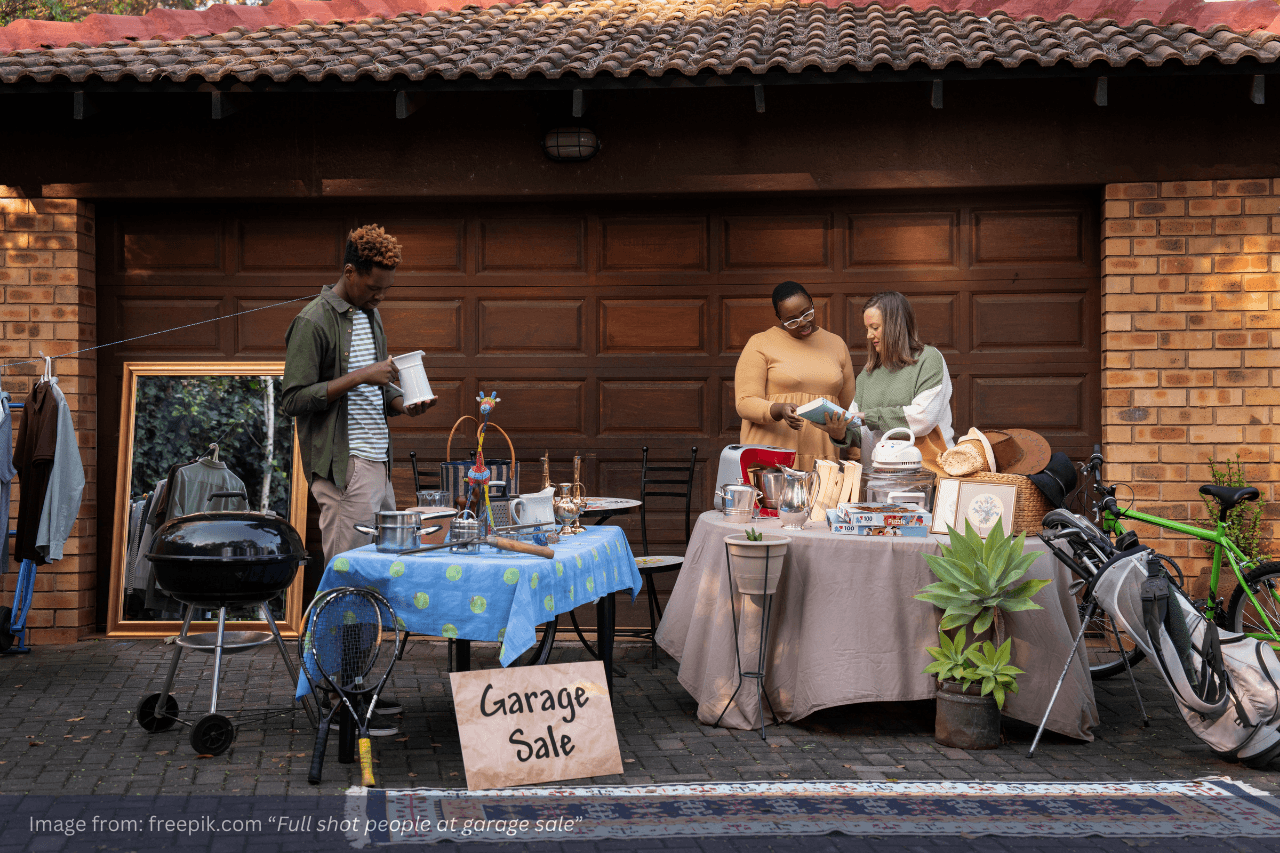Have you ever unwrapped dusty family heirlooms from the attic or inherited mementoes passed down through generations and wondered, "Now what?" That delicate teacup, perhaps once cherished by a beloved relative or the slightly tarnished silver locket, imbued with secrets of a former time, carries more than just age.
According to Mumford Restoration, such family heirloom antiques hold whispers of the past, forging connections to ancestors one might never have known. Their lives and memories now rest, in a sense, in the hands of the present generation, resulting in significant responsibility for preserving the history and traditions of these sentimental items.
Given this mission, deciding the fate of these collectables can feel like a weighty task. Whether to preserve it within the family, explore its financial worth through sale, creatively adapt it for a new use, or entrust its care to others, this article offers a range of ideas and considerations to help decide the most meaningful path forward for a family heirloom.
- What are Family Heirlooms?
- 10 Meaningful Ways to Engage with Family Heirlooms
- Research the Heirloom’s History
- Assess the Condition
- Determine Its Value
- Preserve and Store Mementoes
- Build a Family Heirloom Catalogue
- Display and Decorate Keepsakes
- Transform Family Heirlooms into Functional Pieces
- Gifting to Another Family Member
- Donating the Item
- Selling the Heirloom
- Your Next Step with a Family Heirloom
- Family Heirloom Antiques: Frequently Asked Questions
What are Family Heirlooms?
Linnea Crowther of Legacy.com defines a family heirloom as an object passed down through several generations. These items often hold significant sentimental value due to their connection to past relatives and associated memories.
This naturally leads to the question: What are examples of family heirlooms? Discover the list of cool family heirlooms awaiting rediscovery below:
- Art and Collectables: Antique toys or dolls, paintings or drawings, sculptures or figurines, stamp or coin collections, baseball cards, musical instruments.
- Documents and Photographs: Old family photographs and albums, letters and diaries, recipes, birth certificates, medals, family bible or books with inscriptions.
- Furniture and Home Goods: Grandmother's china set or teacups, antique wooden furniture, handmade quilts or blankets, silverware, clocks, lamps, tapestries.
- Jewellery and Accessories: Engagement rings or wedding bands, necklaces, bracelets, earrings, pocket watches, cufflinks.
- Textiles and Clothing: Wedding dresses, hand-stitched linens or lace, shawls or scarves.
In essence, a family heirloom is more than just an old object; it is a tangible piece of a family's story and a way to keep the past connected to the present and future.
Also Read: Art Collecting 101: How To Find Selected Art Collectables
10 Meaningful Ways to Engage with Family Heirlooms
Family heirlooms materialise the essence of lives lived and hold stories waiting to be retold. They are more than possessions, they also facilitate building a sense of belongingness as individuals revisit their family history, as highlighted by the BBC.
To maximise the value of these items, here are 10 meaningful ways to engage with family heirlooms:
Understanding the Heirloom
Individuals sometimes find themselves fortunate enough to inherit pieces of their ancestors' past. When this occurs, questions often arise regarding the heirlooms themselves.
What is known about their history? What stories do they tell? In some instances, the nature and purpose of these inherited objects may be unclear. From tracing its history to assessing its condition, this article explores ways to understand a family heirloom.
#1: Research the Heirloom’s History
Family heirlooms as a conversation piece allow individuals to gather information from family members. Family Tree Magazine highlighted the importance of this approach as it helps heirs to discover who owned the item, how it was acquired, and the story it conveys that made a mark on one’s family history.
Furthermore, Family Tree states that looking for indicators like a manufacturer’s mark, date or trademark details can also offer valuable insights into when and where the piece was originally produced.
Ultimately, researching its history enriches inheritors with a deeper understanding of the family heirloom’s journey through generations, connecting them to the lives and times of those who cherished it before.
#2: Assess the Condition
According to the application Simirity, a family heirloom's condition significantly influences its value. Assessing any signs of wear, damage, or previous repairs are crucial to understanding their impact on the item's worth. While some original wear can enhance its historical narrative and appeal, significant damage or failed repairs may detract from its overall value.
Furthermore, a condition assessment is vital to determine the appropriate preservation and storage requirements necessary to safeguard the heirloom. Through this practice, inheritors ensure that the item endures the test of time and preserves the family legacy for future generations.
#3: Determine Its Value
Apart from the sentimental worth of a family heirloom, rooted in family history and memories, determining its monetary value is crucial if one wishes to sell the item or needs an accurate valuation for insurance, asset transfer, or tax purposes.
This process involves researching comparable items, careful consideration of key attributes like age, condition, rarity, material composition, and documented provenance.
Building upon an initial assessment, Assured Private Wealth emphasises that determining the monetary worth of family heirlooms, especially for estate planning, necessitates the expertise of professional appraisers who provide reliable and informed valuations based on their specialised knowledge and market understanding.
Nevertheless, determining the mementoes' value, whether sentimental or monetary, empowers decision-making regarding their potential sale or inclusion in estate planning.
Also Read: The Art Market: Five Factors Shaping the Value of Art
Keeping and Utilising the Heirloom
As a primary bridge between the past and present, family heirlooms offer inheritors unique opportunities to weave history into contemporary living spaces.
Whether using them as decorative accents that spark conversation or transforming meaningful items into functional pieces that enhance daily life, family heirlooms are more than just relics; they are tangible links to one’s heritage that can enrich the present in meaningful and practical ways.
#4: Preserve and Store Heirlooms
Proper preservation and storage of a family heirloom is relevant to protect cherished items for future generations. This involves appropriate storage techniques, including maintaining climate-controlled environments, shielding items from damaging light, and utilising acid-free and archival quality materials for wrapping and containment –all of which prevent item damage.
However, it's crucial to recognise that effective storage strategies are not one-size-fits-all; the diverse material composition, varying degrees of fragility, and unique inherent vulnerabilities of each heirloom necessitate tailored approaches to guarantee their enduring preservation.
Find a list of family treasures and their corresponding storage technique below:
- Books: Placed in an unsealed polyethylene bags and stored in an acid-free box in a cool and dry place.
- Framed Items (photos, documents, art): If storage is necessary, wrap in acid-free paper and bubble wrap, and store flat if possible, away from extreme temperatures and humidity.
- Jewellery: Store silver pieces in silver cloth bags, separated from other heirlooms to prevent tarnish, and keep diamond items individually to avoid scratching.
- Paper Documents: Keep flat in acid-free envelopes or acid-free storage folders and boxes.
- Photographs: Store in archival-quality sleeves and enclosures, away from light and humidity.
#5: Build a Family Heirloom Catalogue
Considering that family heirlooms are vital for preserving memories, heritage digitisation offers an often-overlooked yet powerful alternative for safeguarding these cherished connections without the burden of physical storage.
This process involves capturing items like handwritten letters, scrapbooks and albums, through a camera or scanner, creating virtual records stored on digital devices. Using a life organising app that doubles as a home inventory tool can be a great way to build your heirloom catalogue.
Drawing inspiration from organising expert Shira Gill, this digitisation approach presents a beneficial alternative to traditional physical storage of treasured family heirlooms, especially for individuals who struggle with decluttering sentimental items.
To achieve a comprehensive family heirloom catalogue, here is a list of details to take note of:
- Item Name or Description: A clear and concise name for the heirloom.
- Type of Item: Photograph, letter, furniture, jewellery, textile, artwork, tool, etc.
- Material(s): What the item is made of (e.g., paper, wood, silver, gold, cotton, porcelain).
- Dimensions or Size: Physical measurements of the item.
- Weight (if relevant): Especially for larger or precious metal items.
- Identifying Marks: Any signatures, hallmarks, maker's marks, serial numbers, or inscriptions.
- Location: Place where it is stored.
- Current Condition: A detailed description of the item's present state, including any damage, wear, repairs, or missing parts. Take photos to document this.
#6: Display and Decorate Keepsakes
Steven Rodel, the creative director at Guy Goodfellow, notes that family heirlooms help make a home feel complete and personal, with subtle touches that show personality and interests, creating a style that feels like it grew naturally over the years.
Given this, there is indeed no harm in utilising them; draping an antique quilt over the back of a sofa adds a layer of warmth and history to a contemporary setting. Similarly, hanging up that old mirror with its aged glass and ornate frame, which isn't only placed as a decorative piece but also holds a little piece of the past right there.
As much as family heirloom antiques can be used and enjoyed instead of collecting dust and being forgotten, displaying them and blending them into present furniture arrangements can further add character to one’s space and make them more useful.
Read More: How to Decorate Your Space with Quirky Artworks
#7: Transform Family Heirlooms into Functional Pieces
Transforming family heirlooms into functional pieces forms a meaningful way to ensure the resulting object honours its origins, while seamlessly integrating into current life and home decor.
For instance, a beloved antique teacup can be reimagined as a unique jewellery holder, giving it a practical new purpose and allowing its beauty to be appreciated daily.
Individuals considering which family heirlooms to retain and creatively adapt will discover inspiring ideas in the following list:
- Antique Picture Frames (without glass) → Frame mirrors, create decorative wall borders, or hold small collections.
- Antique Quilts or Blankets → Re-purposed into smaller throws, cushion covers, or even framed as textile art.
- Antique Teacups or Saucers → Used as small planters for succulents, or decorative catch-alls for keys or trinkets.
- Vintage Lace or Tablecloths → Sewn into decorative curtains, table runners, or used to embellish clothing or accessories.
- Vintage Plates → Displayed on walls as decorative art, used as serving trays for small items, or incorporated into mosaic art.
No matter how one changes a family heirloom, it gives new life to something with their history, keeping its stories alive now instead of being forgotten.
Letting Go of the Heirloom
Parting with a family heirloom is often a complex and emotional decision. Though these items connect individuals to the past, situations can make letting go necessary or even beneficial. Acknowledging this challenge, this article shares thoughtful ways to do it while respecting its past.
#8: Gifting to Another Family Member
Gifting a family heirloom to another family member is a meaningful way to pass on cherished objects and their associated history to someone who will appreciate and care for them. This act is often driven by motivations including (1) better preservation, (2) connecting generations, (3) fulfilling wishes, and (4) practical needs like downsizing.
Beyond these drivers, the act of gifting an heirloom also carries significant emotional weight for the giver and the receiver. In this case, communicating the item’s significance and entrusting it to a reliable new owner are essential prerequisites, allowing the heirloom to continue its story within the family narrative while alleviating the burden of care for the original owner.
#9: Donating the Item
Donating a family heirloom involves a deliberate act of transferring ownership to an external organisation like a museum or charity, often motivated by the desire for expert preservation, public access, supporting a cause, or a lack of interested family members
While it can evoke a sense of loss, this decision is often balanced by the hope that the heirloom will be well-cared for and its story shared with a broader audience. Gifting may also offer potential tax benefits and a sense of contributing to a larger legacy beyond the immediate family; however, this requires careful research of recipients and formal documentation of the transfer.
#10: Selling the Heirloom
Whether motivated by pressing financial needs, a lack of interest or space, or desire for an equitable distribution among family members, selling cool family heirlooms carries the feeling of loss or guilt from the personal attachment developed towards these items.
Given this challenge, it is recommended that inheritors consider the following questions before selling the heirloom:
- Do I really need this in my life?
- Is it worth selling?
- What are the costs associated with selling the item?
- What is the item's true monetary value?
- What would be the impact of not having this anymore?
Reflecting on these questions helps individuals decide which heirlooms to keep and which to let go of, based on practical needs and feelings. After getting clear on this, it is best to talk to experts for a professional appraisal to get a fair price.
Your Next Step with a Family Heirloom
The journey of deciding what to do with a family heirloom is deeply personal, interwoven with threads of history, emotion, and practicality.
As this article has shown, the significance of these objects extends far beyond their material worth. From researching their origins and preserving their condition to displaying or repurposing them, numerous meaningful avenues exist for engaging with these tangible links to the past.
Whether the chosen path involves gifting an item to a specific family member, contributing it to a worthy cause through donation, or even deciding to sell it, the most important consideration lies in honouring the legacy it represents.
By thoughtfully considering its history, value, and potential future, one can ensure that the story held within the family heirloom continues to resonate for generations to come.
Family Heirloom Antiques: Frequently Asked Questions
1. What to do with family heirlooms?
Deciding what to do with family heirlooms involves honouring their history while considering current needs. Options range from preservation and display to gifting, donation, or even selling. The best choice respects the legacy and aligns with the family's values.
2. Should you keep family heirlooms?
Whether one should keep family heirlooms is a deeply personal consideration. The decision often depends on the sentimental significance and the connection to familial history that these objects embody.
However, practicalities such as the item's condition, its relevance to the individual's life, and available space also play a crucial role in determining whether to preserve it or explore alternative options.
3. What to do with family heirlooms no one wants?
One option is to explore donations to museums or historical societies that might value their historical significance. Alternatively, selling the items through antique dealers, online marketplaces, or auctions could find them a new appreciative home.
Keep the Memory Alive with MyAssets
Whether keeping a family heirloom or letting go of it, it is vital to keep a record of these significant pieces to preserve their story. From the grandest antiques to the smallest mementoes, a comprehensive platform like MyAssets provides the tools to document and manage them all.
MyAssets, an asset management platform, offers features that empower users to create detailed descriptions, upload visual documentation, and record the historical significance and current condition of each item.
Beyond serving as a digital repository, MyAssets streamlines the management of these items by facilitating the organisation of various heirlooms into groups, such as family line, historical period, or room of origin, providing a holistic and easily navigable view of the family's tangible history.
Make every piece unforgettable. Start your 14-day free trial with MyAssets.

